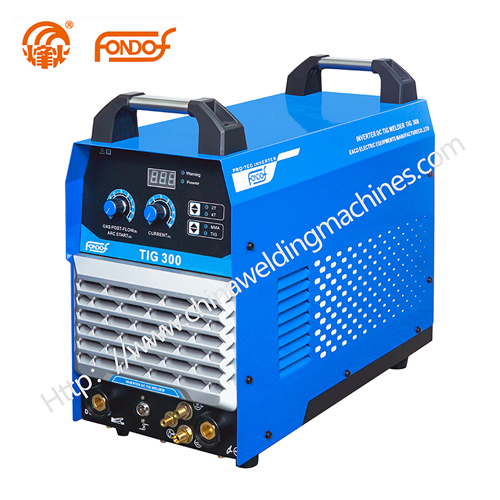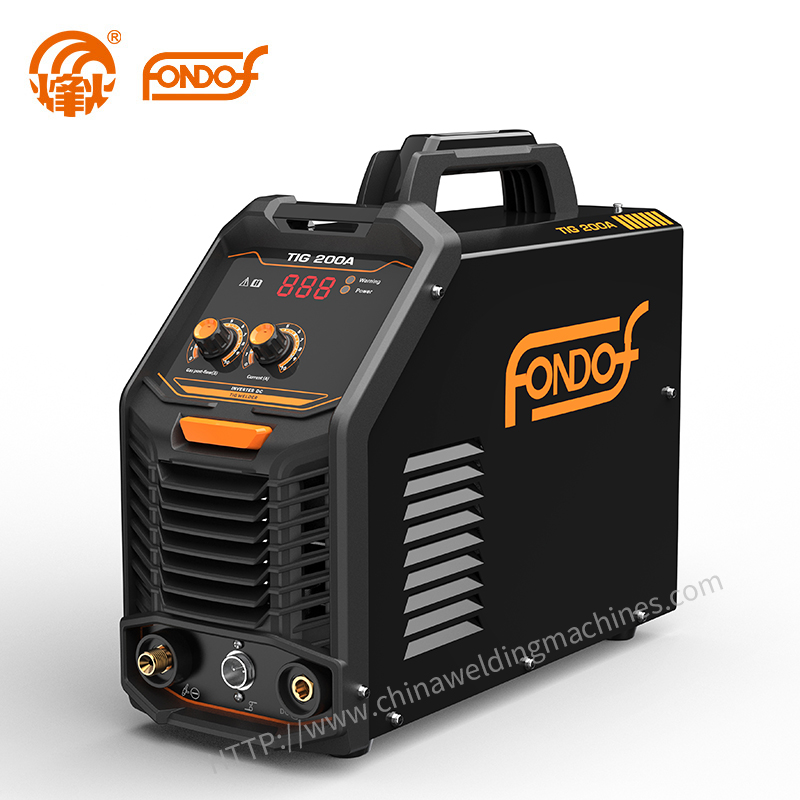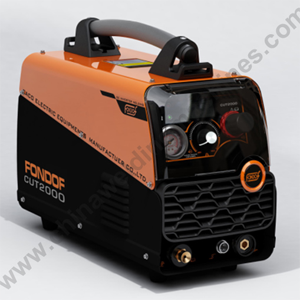TIG Welding: Lift-Arc Vs Scratch-Start
 Mar. 21, 2025
Mar. 21, 2025
In TIG welding (Tungsten inert gas), the welding arc is formed between a non-consumable tungsten electrode and the workpiece. The shielding gas is always an inert gas that does not affect the welding process per se. Usually, the shielding gas is argon and it protects not only the molten weld but also the electrode in the torch from oxygenation.
The filler material may not be necessary for TIG welding. The pieces can be fused also by melting the groove together. If a filler is used, it is fed into the molten weld manually and not through the welding torch as in MIG/MAG welding. Therefore, the TIG welding torch has a completely different structure than a MIG/MAG torch.
Various TIG welding methods include, for example, the DC TIG welding method that uses direct current, AC TIG welding that utilizes alternating current and pulse TIG.
What is Lift-Arc TIG Ignition?
With the Lift-Arc Ignition feature, to start the arc the tungsten electrode is touched on the job and lifted off. The start-up current is very low and therefore the tungsten barely sticks to the job and the sharpened point is not damaged. The tungsten is then easily lifted off the job. The machine senses that the contact is broken and begins supplying full welding current.
Lift-arc offers great operator appeal as it is user-friendly and very controllable. It can, however, challenge manufacturers as the electronic processes must be carefully calibrated to achieve good results. If the start up current is not minimized it will cause the tungsten to stick excessively to the job.
What is Scratch-Start TIG Ignition?
Scratch start is a very basic and rudimentary process, usually found on low-cost inverter welders that have been essentially designed for Stick (MMA) welding.
The TIG tungsten electrode is scratched on the job to initiate the arc, and must be quickly lifted off the job to try to prevent it from sticking, but not lifted too far to avoid extinguishing the arc. Not a very user-friendly process!
Whilst some machine suppliers advertise their scratch-start machines as TIG (or stick/TIG), at EACO electric equipment we believe that scratch-start machines are not suitable for TIG use.
Lift-Arc Vs Scratch-Start
It is important to be aware of the difference between the ‘Lift-Arc’ ignition system and the ‘Scratch-Start’ ignition system.
Often DC inverter welding machines will be advertised as having TIG capability when they are a ‘Scratch-Start’ machine only.
Be warned! Scratch-Start is not a user-friendly process: the tungsten must be very quickly touched on the job and can very easily stick (which means the tungsten electrode must be removed and re-sharpened each time this occurs).
In comparison 'Lift-Arc' is very user-friendly and very controllable.
What is HF TIG Ignition?
HF (high-frequency ignition) allows the operator to position the tungsten electrode near the job, and simply press the torch trigger to start the arc.
HF is typically found on professional or dedicated TIG welding machines, such as AC/DC TIG welders or higher-end DC TIG machines. On these machines, often the controls will allow the operator to chose between Lift-Arc or HF start.
TIG Welding Technique
TIG welding is used in sites where the appearance of the weld is important. This presents special requirements for the accuracy of the welding job. Additionally, TIG welding is more demanding because there are more issues to control in this welding technique than in the other techniques. In TIG welding, the torch is moved with one arm while the other feeds the filler material to the molten weld. A TIG welder must, therefore, accurately control both arms and one cannot be used for supporting the torch as in MIG/MAG welding.
These special requirements make TIG welding more difficult particularly in the beginning. However, the arms will soon adjust to the paths of motion required in welding and TIG welding becomes routine. Yet, demanding TIG welding is usually done by a welder who specializes in TIG welding.
TIG welding is done with a pushing torch motion. The filler can be fed into the weld either drop by drop or continuously, keeping the filler wire constantly in the molten weld.
TIG Welding Applications
The most important applications for TIG welding are pipeline and pipe welding. It is, however, used in many industries, such as aviation and aerospace and sheet metal industries when welding particularly thin materials and special materials such as titanium.
TIG welding is suitable for both manual and mechanized welding as well as for using welding robots.
TIG Welders
TIG welding equipment comprises a power source, grounding cable, welding torch, and shielding gas tank or gas network interface. The machine may also contain a liquid cooling unit. A wire feeder is not required as the filler material is manually fed.
Browse EACO TIG welding machines




























